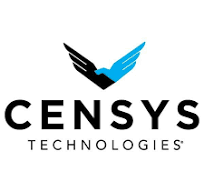Dive Brief:
- PJM Interconnection and the Midcontinent ISO are working to address historical congestion at the seams of the markets, but will first need to put in place a set of rules allowing for expedited approval of measures taken to fix the issue.
- The two regional operators are working together on targeted market efficiency projects (TMEP), but RTO Insider reports engineers want language in a new joint operating agreement to be worked out before moving ahead with project selection.
- As opposed to longer-term and broader efficiency projects, the two RTOs are joining on the targeted projects that would be flowgate specific and meet other criteria, according to a joint presentation from May.
Dive Insight:
PJM and MISO know they need to address congestion between the markets even when it isn't impacting settlement payments, but while the process aims to move quickly, there are certain groundrules that need to be in place first.
RTO Insider reported from the grid operators' Interregional Planning Stakeholder Advisory Committee meeting last month, where PJM engineer Alex Worcester said "we should really have the JOA language worked out before we push further into the study."
In Illinois, Indiana, Michigan and Ohio, the two grids are currently looking at 13 small projects. “We’re really looking for the small, low-cost, short lead time projects that alleviate historical congestion at the seam,” Worcester said.
On the other side of the TMEPs are the longer-term MEPs, which "require regional issues in both RTOs and are subject to regional process project approval," according to a presentation from the July meeting. "MEP analysis is a longer and more rigorous process involving a long model development and review timeline with subsequent analysis."
A joint operating agreement on MEPs and regional processes is under review, though likely will require ore changes, the two grids said.













